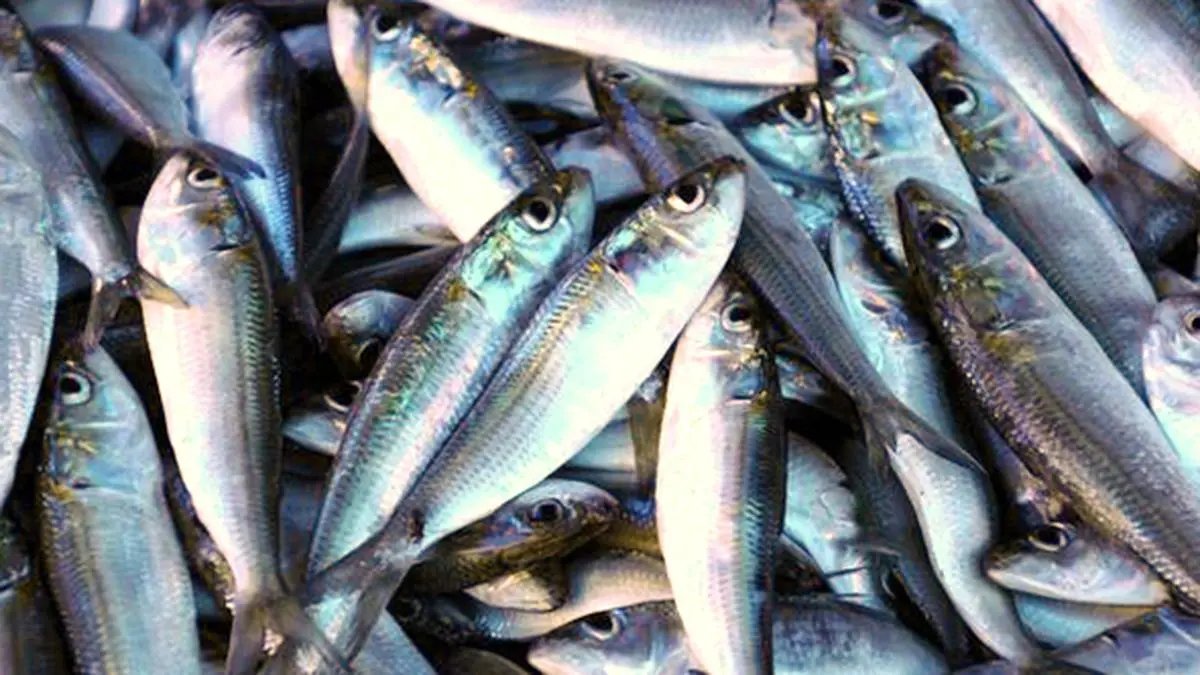CMFRI warns against fishing of sardine juveniles, urges following minimum legal size


A recent CMFRI study had revealed a phenomenal surge in sardine recruitment during 2024, the highest since 2020
| Photo Credit:
VIBHU H
The ICAR-Central Marine Fisheries Research Institute (CMFRI) has urged fishers to adhere to sustainable harvest levels and comply with the Minimum Legal Size (MLS) of 10 cm for the Indian Oil Sardine, in light of a remarkable resurgence of young sardines observed along the Kerala coast.
According to CMFRI, maintaining the MLS is crucial for protecting both livelihoods and food security while ensuring the long-term sustainability of the sardine fishery.
A recent CMFRI study had revealed a phenomenal surge in sardine recruitment during 2024, the highest since 2020, supported by favourable rainfall patterns and monsoon-related upwelling of nutrient-rich waters that boosted micro-plankton growth, leading to a massive influx of young fish into coastal waters. The surge in young sardines has also led to increased competition for food among recruits, resulting in lower weight gains for zero-year-class fish.
Wrongly understood
It has come to notice that CMFRI’s study is widely misunderstood regarding sardine growth, wrongly assuming that the fish will not grow further. CMFRI study does not imply such interpretation, said Grinson George, Director of CMFRI, reiterating that juvenile fishing should not be practised under any circumstances.
He emphasised that protecting young fish is vital to ensure the long-term sustainability of the sardine fishery and the livelihood security of fishing communities.
The institute advised a regulated harvest of the fish above MLS. Since recruitment was very high and the coastal waters are still productive, there are higher entries of young fish. To tap these effectively, only regulated harvests of fish above MLS are recommended, George said.
The sardine fishery is highly influenced by environmental shifts, causing fluctuations that define the fish’s characteristic ‘boom and bust’ cycles. Curbing juvenile fishing and following sustainable practices are crucial to prevent the next “bust” for this vital coastal resource”, CMFRI Principal Scientist U Ganga said.
Published on October 14, 2025


